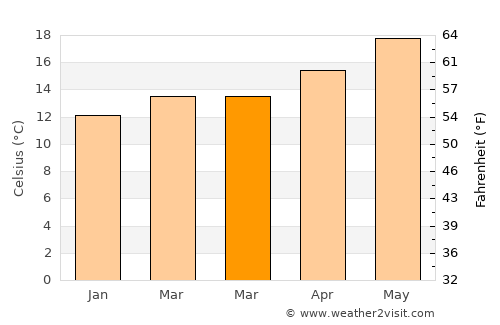

There were 300 cases reported in the Bay Area when shelter-in-place orders were put in place on March 16. 26 in Washington supports research indicating that the outbreak began in the United States much earlier than we knew and before health officials began tracking data. outbreak: An autopsy report showing that the first death linked to COVID-19 happened Feb. Questions can be sent to our team here.įindings signal earlier start to U.S. 3 resulted in a one-time change to charts and figures on this page. Once the state’s data improved, the coalition moved to end its own collection. This count was able to collect figures far ahead of any state-led tally. A one-time change in charts and totals occurred on the date of that change.ĭata collection at the outset of the pandemic was completed manually, four times each day. 3, 2021, the California Data Coalition switched its source for county virus data to counts released the California Department of Public Health. Update: Cases and deaths data come from files released by the California Department of Public Health, collected from 61 county and city health departments statewide.īefore September 2021, The Chronicle and the Los Angeles Times led a data collection partnership of California media organizations, including the San Diego Union-Tribune, KQED, KPCC, CapRadio, Calmatters and Big Local News at Stanford University. Listen by selecting your preferred podcast service below.Īpple Spotify Overcast Google Stitcher Pocket Fifth & Mission Podcast Fifth & Mission is diving into all the ways COVID-19 is impacting life in the Bay Area. California has the highest totals in the nation in terms of cases and deaths, but on a per-capita basis, the number of cases and deaths are below the national average. has the highest reported total COVID-19 cases of any country. Before vaccines were widely available, the World Health Organization had established a recommended positivity rate of 5% for reopening. Free home tests are being offered on the White House website.

Home tests, most of which are not included in these numbers, are being recommended in hopes that people who test positive will stay home and isolate. The volume of reported tests ramped up as the omicron variant took hold. What is the status of testing in California? In another sign of emergence from the summer wave, the state's percent of coronavirus tests coming back positive has fallen from the July peak of 16%, sliding to a 7-day average of just over 11% by the third week of August, state data indicates. While down by more than half from the start of July, the 7-day average for Bay Area new infections, at 24 per 100,000 people, remained above the ratio of fewer than 5 new cases per 100,000 that the CDC considers a safe level of community transmission. Case rates have been dropping since then, with Bay Area numbers in mid-August reaching the lowest level since late May. The summer coronavirus surge in California, driven largely by the BA.5 strain of the omicron variant, peaked in July. What are the current trends in California?


 0 kommentar(er)
0 kommentar(er)
